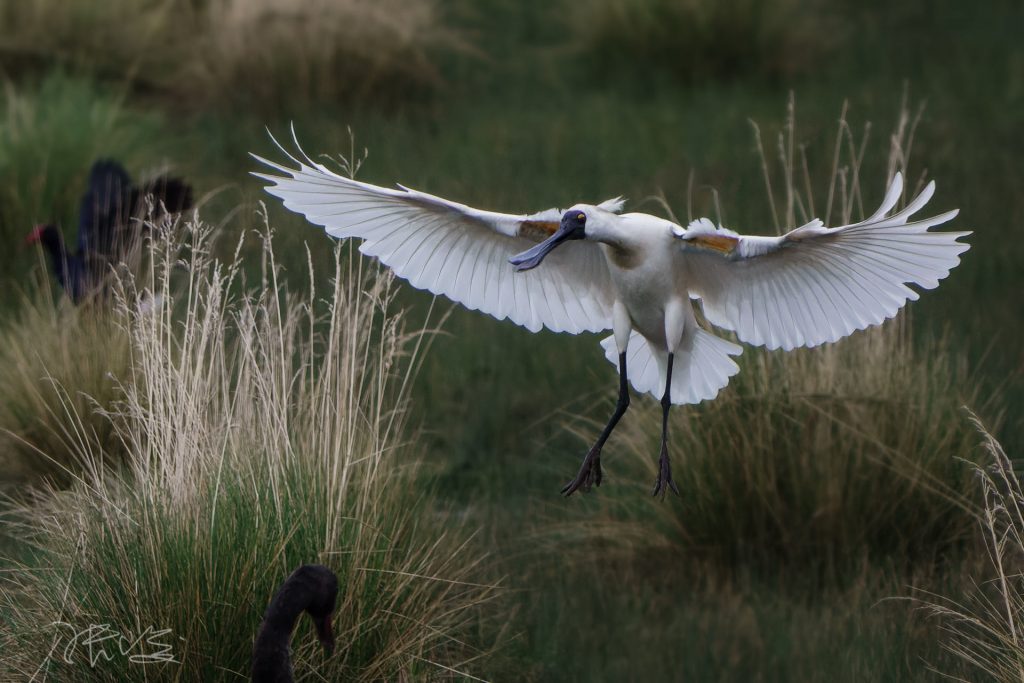How we pick areas for marine parks?

In 1998 Australia signed the ANZECC agreement:
To establish and manage a comprehensive, adequate and representative system of Marine Protected Areas to contribute to the long-term ecological viability of marine and estuarine systems, to maintain ecological processes and systems, and to protect Australia’s biological diversity at all levels.
That was meant to happen by 2020, but the deadline has passed without any effort being made to finish the streatgy for the last 15 years.
We need to talk
Numerous areas have been proposed for marine parks by different groups at different times. We could create a long list of potential sites that would be unlikely to all be accepted by the community and they have varying value as marine parks. A better approach is to have fewer, but higher quality parks based on a more scientific approach. We also need to talk with everyone who already uses the area and see if some conpromises can be made to avoid unnecessary disruption.
Criteria
The criteria used to assess a marine park are the “CAR principles”,
Comprehensiveness—the reserve system should be big enough to include the full range of ecosystems/habitats found in each bioregion.
Adequacy—the rules need to protect the ecological values of the habitat and the communities of animals and plants living there.
Representativeness—the marine park needs to protect a good sample of all the diversity that is found in that bioregion.

What areas make good MPAs
Lots of things are taken into account when deciding on marine park locations and no area fits perfectly. A good process should look for areas that might have some or all of the following:
- rare or unique plants and animals
- are particularly important to some animals e.g. a breeding place for seals or seabirds.
- Special landforms like unusual estuaries, sea caves, scenic spots or geology
- A good cross section of animals and plants are found in that area
- Can be protected from their major threats by declaring a marine park
- Might be attractive for recreation or tourism
- Will provide for at least two well protected marine parks in each bioregion
- Are an area big enough to protect the special life and ecosystems found there
- Try to minimise clashes with existing users.
- Are in good condition, or would quickly return to good to condition if protected
- Ease of policing (e.g. adjoin an existing national park on land)
- The type of protection would give it at least some protection from its principal threats
- include a range of habitats (e.g. sheltered to exposed, shallow to deep, reef to soft bottom/seagrass);
- Are likely to be supported by the public.
What you end up with is a kind of scorecard as no area has a perfect score in all these areas, some areas are of high or low value as protected areas.
Where are they now?

How does this affect my fishing?
If fishing is a significant threat to a very special place we might have to talk about it. Marine parks that aren’t protected from their main threats aren’t very useful. Not all marine parks have fisheries restrictions.